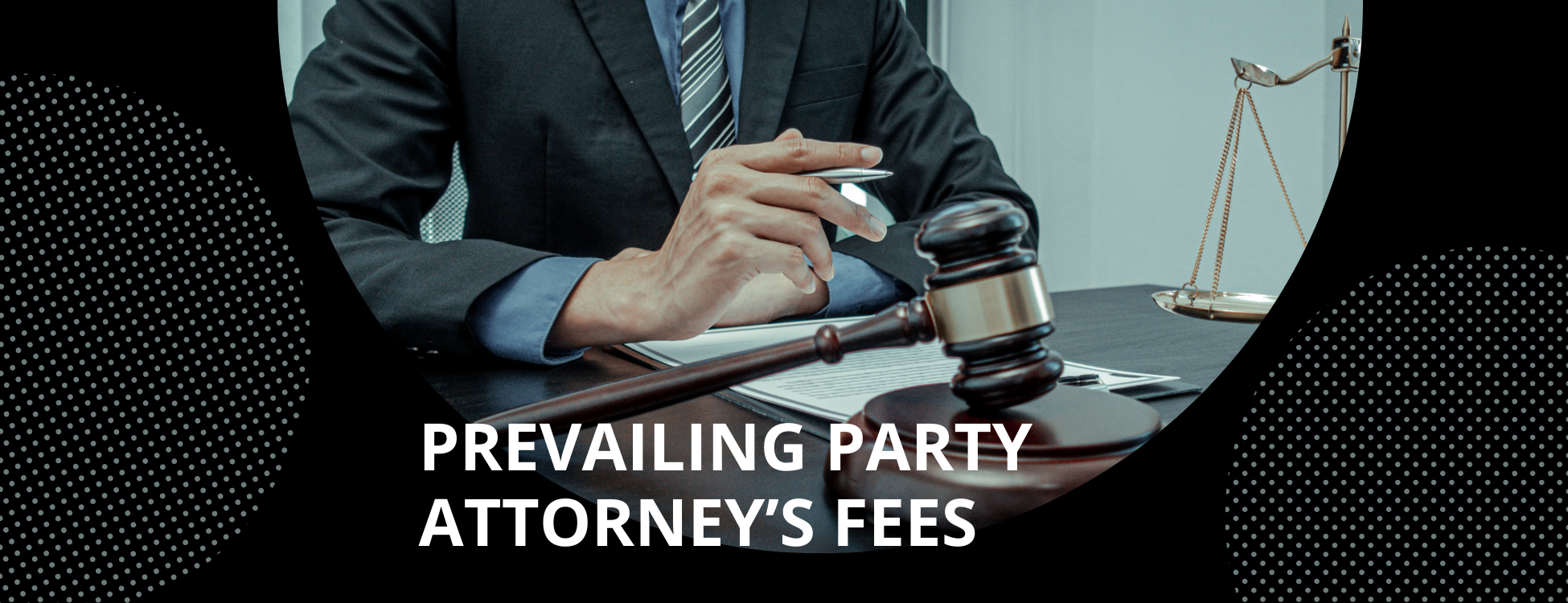
By Daniel M. Eggleston, Esq. and Curtis A. Orshoski, Esq.
Lee/Shoemaker PLLC
Litigation can be an expensive undertaking. Under what is known as the “American Rule,” parties to a lawsuit are responsible for their own attorney’s fees absent a contract provision or statute permitting the recovery of attorneys’ fees. Before a design professional agrees to depart from the American Rule, however, they should consider the variety of risks that come with such a decision.
Prevailing Party Provisions Create Coverage Issues
As a general principle, professional liability policies exclude coverage for damages assumed solely through a contract provision. In light of the American Rule, prevailing party provisions fall within this category of damages. In contrast, damages caused by a design professional’s negligent acts, errors, or omissions in the performance of professional services are covered because design professionals are responsible for damages caused by their negligent professional services whether contemplated by contract or not.
If a claim is asserted against a design professional based on a contract with a prevailing party attorney’s fee provision, the design professional is likely to receive a reservation of rights letter from its professional liability carrier related to any exposure it may have to the claimant’s attorneys’ fees. As the design professional does not have any control over the litigation tactics or hourly rates of the claimant’s attorney, this uninsured exposure can convert a run-of-the-mill professional malpractice claim into “bet the company” litigation.
Prevailing Party Provisions May Actually Encourage Litigation
Although one intent of prevailing party provisions is to discourage frivolous lawsuits, design professionals who have agreed to such provisions recognize that the opposite is true. First (and discussed further in the section below), a party may be more likely to sue without exhausting pre-litigation alternatives if they feel their position is strong and that a court would award them their attorney’s fees. Moreover, a claimant who believes – rightly or wrongly – that they will recover the legal fees incurred in prosecuting a claim against a design professional may reject reasonable pre-trial settlement opportunities that they would otherwise consider if attorney’s fees were not recoverable. Finally, these provisions can add to a party’s litigation costs by creating a “case within a case,” where the parties devote significant time and resources to litigating the “reasonableness” of their attorney’s fees in addition to the merits of the underlying lawsuit.
Fee Claims (and Counterclaims)
Prevailing party provisions can be useful in some contexts, however, provided that they are limited to particular legal disputes that do not implicate a design professional’s professional liability policy. For example, including a one-way prevailing party provision in the payments section of your contract (arising only where the client fails to pay the design professional the agreed-upon fees) may create added leverage in a fee dispute with your client. If a client fails to pay an invoice, the realization that they may also be on the hook for your legal costs associated with chasing payment can provide the encouragement necessary to resolve a payment dispute without litigation.
Even when used in this narrow context, these provisions can cause retaliatory counterclaims that allege errors and omissions by the design professional, implicating their professional liability coverage. When faced with the prospect of protracted litigation, what began as a cut-and-dry fee claim may end as an unpalatable settlement in an amount greater than the unpaid fee.
Conclusion
Prudent design professionals give careful thought before agreeing to prevailing party attorneys’ fee provisions in a contract. While these provisions can be a useful tool under specific circumstances, open-ended prevailing party provisions should be scrutinized and approached with skepticism. Before agreeing to include this term in your contract, consult your insurance broker or attorney in order to fully appreciate the potential risks that come with departing from the American Rule.
Daniel M. Eggleston and Curtis A. Orshoski are lawyers at Lee/Shoemaker PLLC, a law firm devoted to the representation of design professionals, in DC, Maryland, and Virginia. The content of this article was prepared to educate related to potential risks, but is not intended to be a substitute for professional legal advice.
